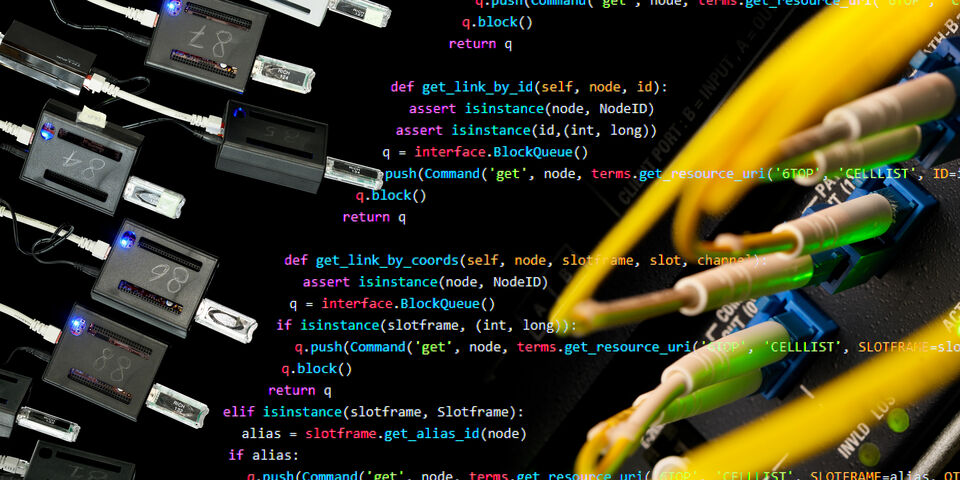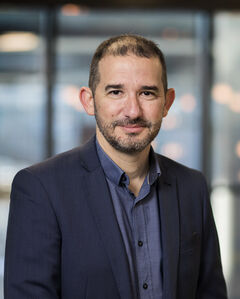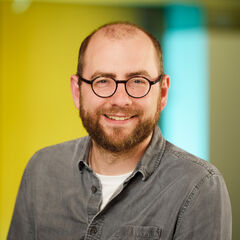New USE learning trajectory on IoT to be wholly challenge-based
A new USE learning trajectory on the Internet of Things, due to start in September, will be the first in which challenge-based learning takes center stage. Over seven months, students will complete the entire cycle from idea to technical design and a pitch to investors. “It will be a hell of a ride, but the students will get a lot in return,” says course coordinator Oded Raz, Associate Professor at Electrical Engineering.
Challenge-based learning (CBL) is a form of participatory education in which students work with a realistic case; knowledge and skills are acquired along the way, as and when possible. For TU/e the integration of CBL in its education is one of the spearheads for the coming decade, something which is expressed, among other things, by the establishment of TU/e innovation Space. The Department of Electrical Engineering is already acquainted with CBL; since 2017 Oded Raz and his colleague George Exarchakos have been experimenting with CBL in an elective on the Internet of Things, in subsequent years assisted by lecturers from other departments, among them Bert Sadowski (IE&IS) and Mathias Funk (Industrial Design).
The lecturers have been able to draw some conclusions from their experience with this course. For example, a course driven by challenges needs more time than is allotted to ‘regular courses’ worth five credits, and it is quite tricky to ensure that students learn specific disciplinary knowledge via CBL. “The essence of CBL is that students find their own solutions,” explains Raz. This soon clashes, he believes, with the ambition to convey substantive disciplinary knowledge. “It is not easy to design a challenge so that all the students learn well-defined aspects of circuit design, to give a random example. To achieve this, you would have to restrict their choices.”
If, on the other hand, you want to teach students something about innovation and entrepreneurship, for example by having them pitch their idea to investors, then students really do need to have chosen the idea themselves, says Raz. “Otherwise in answering a question about the choices they have made, students would have to reply that they simply followed the course instructions. There's not much to be learned from that.”
Profit margins
The students must gain a realistic impression of how innovation works, Mathias Funk explains. “When you talk about the Internet of Things, students might think, 'Oh, that runs on WiFi and there may be some machine learning, check'. But there are all kinds of technical aspects, such as bandwidth, latency, decentralization. Nor is it easy to come up with an idea that has real added value for users and is also profitable. Students often greatly overestimate the profit margins.”
At the end of each course it will be decided whether the idea, prototype or device is suitable for taking forward to the next course, where in principle it will be further developed by the same team. “If the concepts are not technically feasible or commercially viable, for the next phase students will either have to adapt their idea or move forward with a concept developed by another group,” Funk explains.
Soft skills
In September the lecturers are aiming to attract ninety students, with a diverse range of backgrounds. They say students should be prepared for an intensive but highly educational trajectory, in which the group process will play an important role. “The students will spend a great deal of time together, be dependent on each other to succeed and, in this way, will learn important soft skills,” says Funk. And perhaps the course will lead to some real innovation. “While the first course is still underway, we want potential investors to assess the ideas,” says Raz. “It would be great if this course were to give rise to a genuine startup every couple of years.”




Discussion